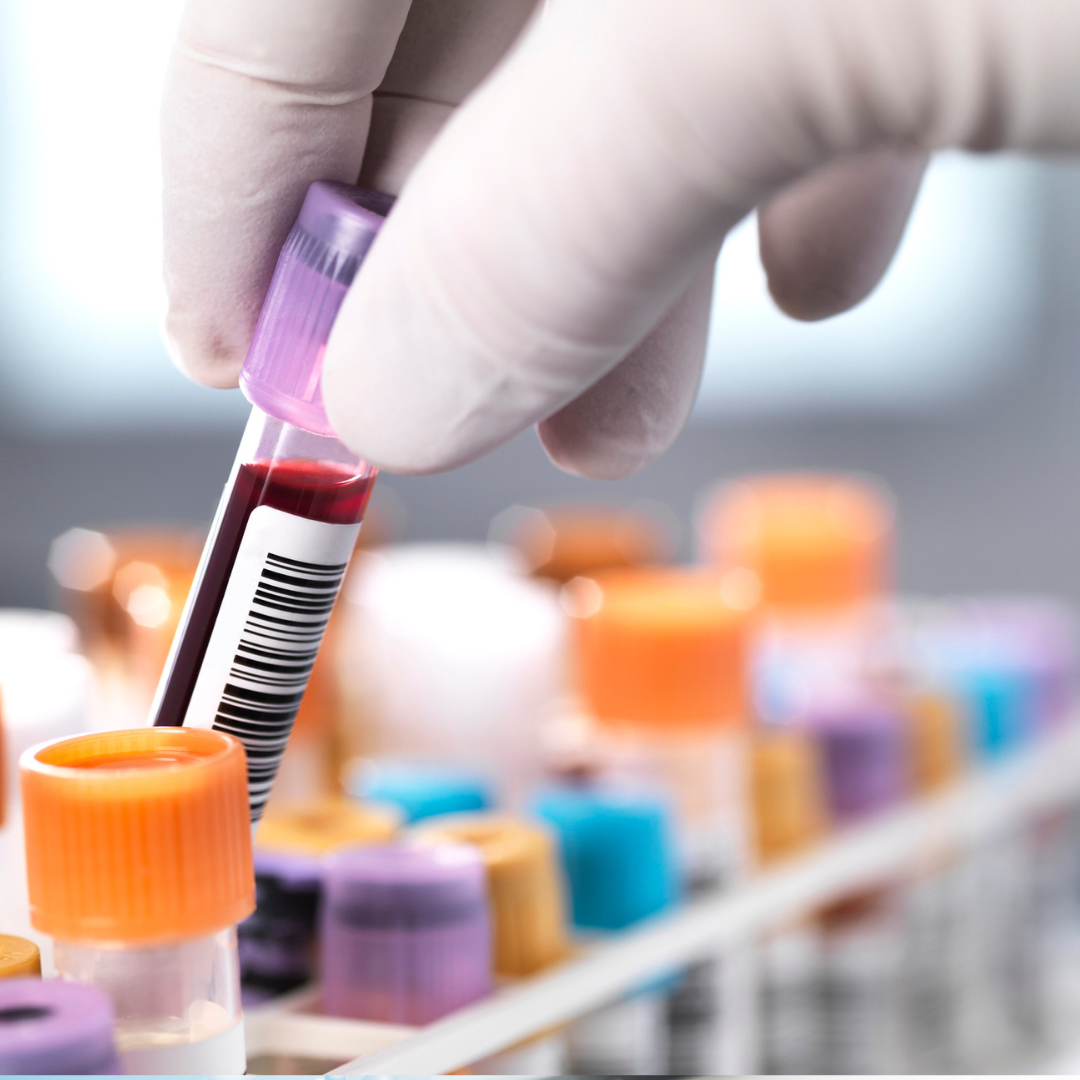MASLD happens when excess fat builds up in the liver. It is closely linked to conditions like obesity, Type 2 diabetes, high blood pressure, high blood sugar, and low levels of HDL cholesterol, often called "good" cholesterol. These conditions are known as cardiometabolic risk factors because they affect the heart and metabolism.
Although MASLD can lead to serious complications such as advanced liver disease, heart problems, and kidney disease, little research has explored which of these cardiometabolic risk factors most increase the risk of death for people with MASLD.
Which Heart and Metabolic Conditions Are Most Deadly?
A recent study from Keck Medicine of USC, published in Clinical Gastroenterology and Hepatology, highlights three risk factors that most raise the risk of death for those with MASLD: high blood pressure, pre-diabetes or Type 2 diabetes, and low HDL cholesterol. The study found that high blood pressure increases the risk of death by 40%, pre-diabetes or Type 2 diabetes by 25%, and low HDL by 15%.
These findings were consistent regardless of how many or which combination of risk factors each patient had, and held true across different genders, races, and ethnicities.
“MASLD is a complex disease, and this study helps doctors understand where to focus treatment efforts,” said Dr. Norah Terrault, a hepatologist with Keck Medicine and senior author of the study. “Knowing which factors most affect outcomes allows us to offer better care.”
Interestingly, lead author Dr. Matthew Dukewich explained that high blood pressure poses an even greater risk than diabetes in MASLD patients, challenging previous assumptions that diabetes was the leading concern.
The study also showed that obesity, which is very common among MASLD patients, significantly increases the risk of death depending on body mass index (BMI). The higher the BMI, the greater the risk.
Moreover, each additional cardiometabolic risk factor a person has raises their risk of death by 15%. This underscores how multiple health conditions work together to worsen outcomes in MASLD.
How Was This Study Conducted?
Researchers analyzed data from the National Health and Nutrition Examination Survey (NHANES), which collected health information from over 130,000 people in the U.S. between 1988 and 2018. About 21,000 of these adults were diagnosed with MASLD. The team then tracked mortality rates based on individual risk factors.
What’s Next?
The researchers plan to deepen their work by exploring how genetics, diet, and alcohol use influence MASLD outcomes. As Dr. Terrault noted, “The more we know about what drives this disease, the better we can target interventions for those who need them most and improve health outcomes.”



